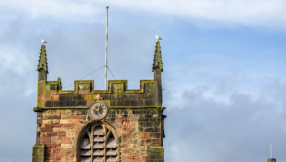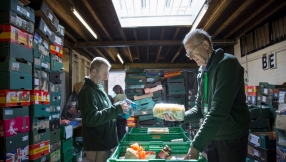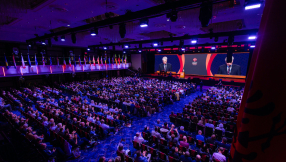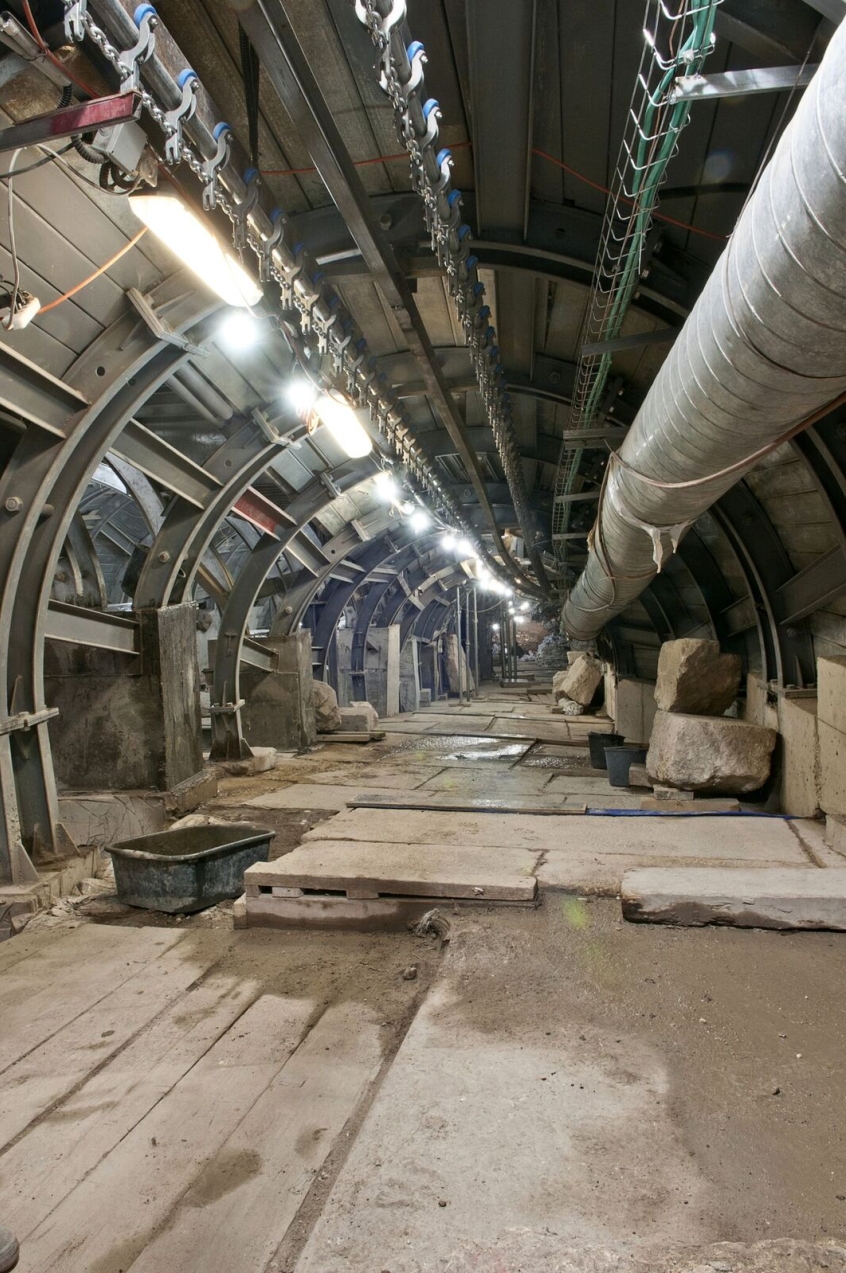
Fresh evidence of the battle for Jerusalem 2,000 years ago on the eve of the destruction of the Second Temple has been unveiled by Israel's Antiquities Authority and the Nature and Parks Authority.
Arrowheads and stone ballista balls were discovered on the main street that ascended from the city's gates and the Pool of Siloam to the Temple, which was excavated in recent years with funding provided by the City of David Society.
The findings help to tell the story of the last battle between the Roman forces and the Jewish rebels who had barricaded themselves in the city, a battle that resulted in the destruction of Jerusalem and was described by the historian Flavius Josephus. 'On the following day the Romans, having routed the brigands from the town, set the whole on fire as far as Siloam,' Josephus wrote.
According to Nahshon Szanton and Moran Hagbi, the directors of the excavation: 'Josephus' descriptions of the battle in the lower city come face-to-face for the first time with evidence that was revealed in the field in a clear and chilling manner. Stone ballista balls fired by catapults used to bombard Jerusalem during the Roman siege of the city, were discovered in the excavations. Arrowheads, used by the Jewish rebels in the hard-fought battles against the Roman legionnaires, were found exactly as described by Josephus.'
So far, a section of the road around 100 metres long and 7.5 metres wide, paved with large stone slabs as was customary in monumental construction throughout the Roman Empire, has been exposed in the excavations.
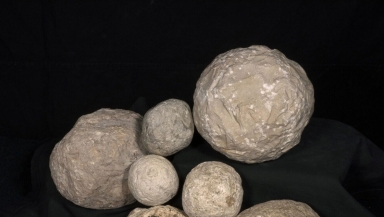
The Israel Antiquities Authority (IAA) said that so far the archaeological excavations strengthen the understanding that Herod the Great was not solely responsible for the large construction projects of Jerusalem at the end of the Second Temple period. The IAA said that recent research indicates that the street was built after Herod's reign, under the auspices of the Roman procurators of Jerusalem, and perhaps even during the tenure of the Roman governor Pontius Pilate, who sentenced Jesus to death by crucifixion.
Szanton and Hagbi said: 'This conclusion in fact sheds new light on the history of Jerusalem in the late Second Temple Period, and reinforces recognition of the importance of the Roman procurators' rule in shaping the character of Jerusalem.
'Two thousand years after the destruction of Jerusalem and 50 years since its liberation, we are going back to the water cisterns, the market and the city square on the eve of its destruction.'
According to Dr Yuval Baruch, the Jerusalem region archaeologist for the Israel Antiquities Authority: 'We intend to uncover the entire length and width of the street within five years, and thereby complete the excavation of this unique site which had already drawn the attention of archaeologists from around the world about 100 years ago.
'In fact, one can consider the current excavations in the City of David a natural continuation of the previous archaeological excavations of the site, which were begun in the past by European and American scholars. About four years ago archeological excavations were renewed along the street, this time in order to expose its full length and width. When the excavations are completed, the remains of the street will be conserved and developed and made ready to receive the tens of thousands of visitors who will walk along it.'










